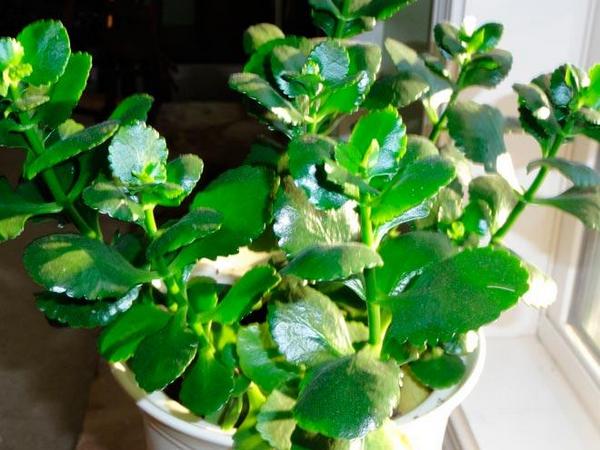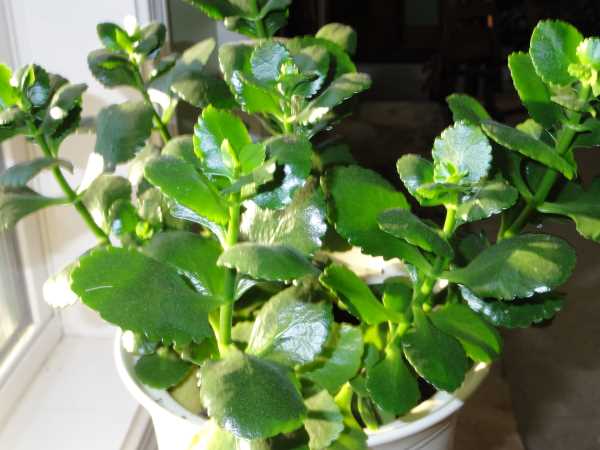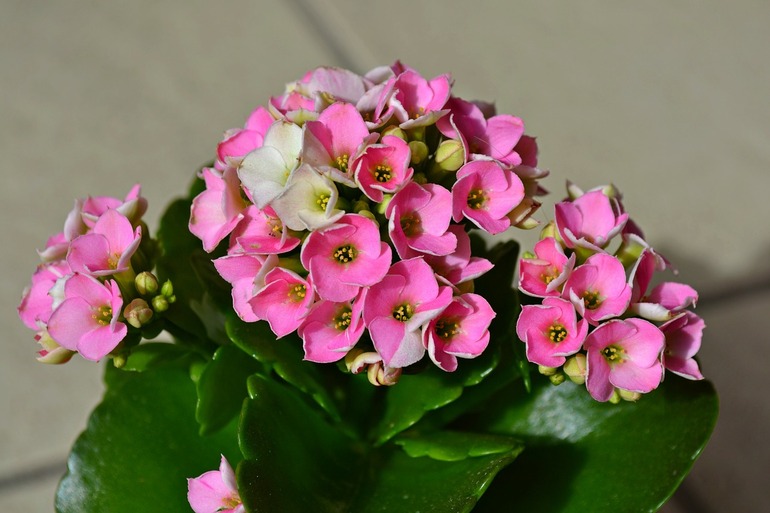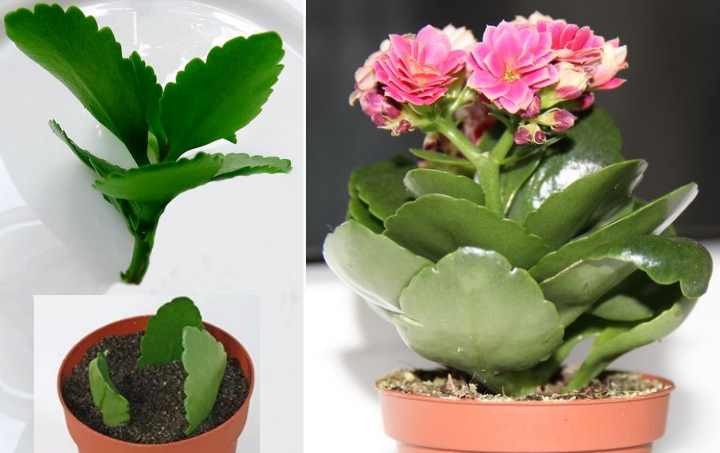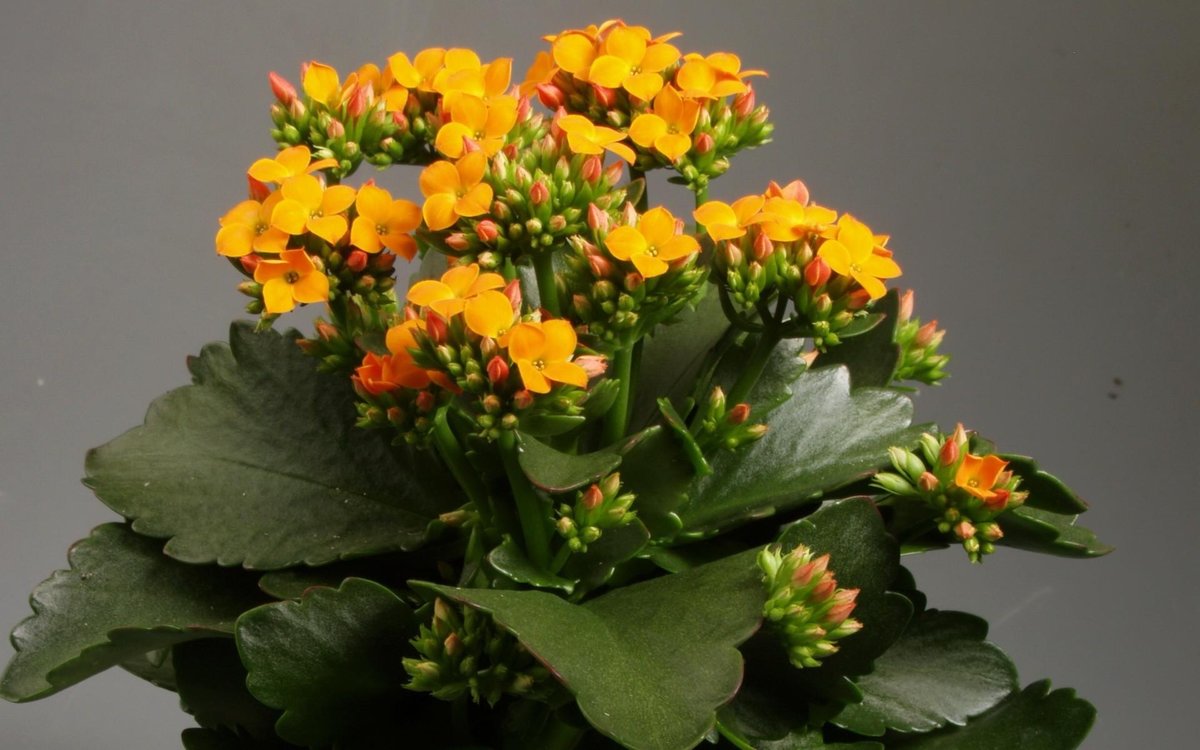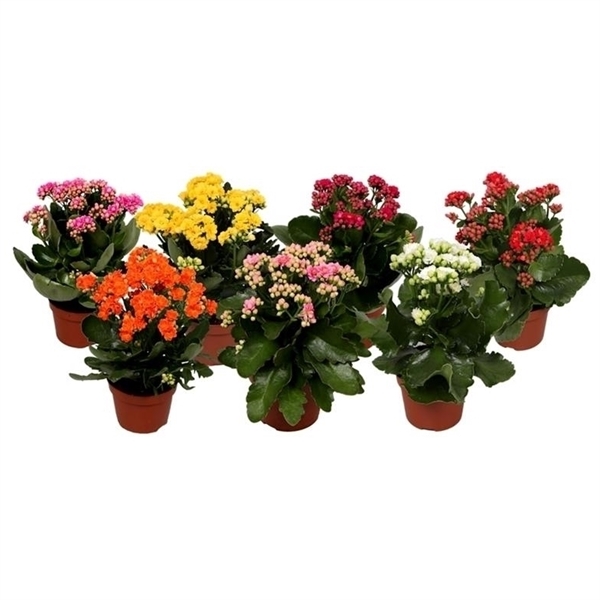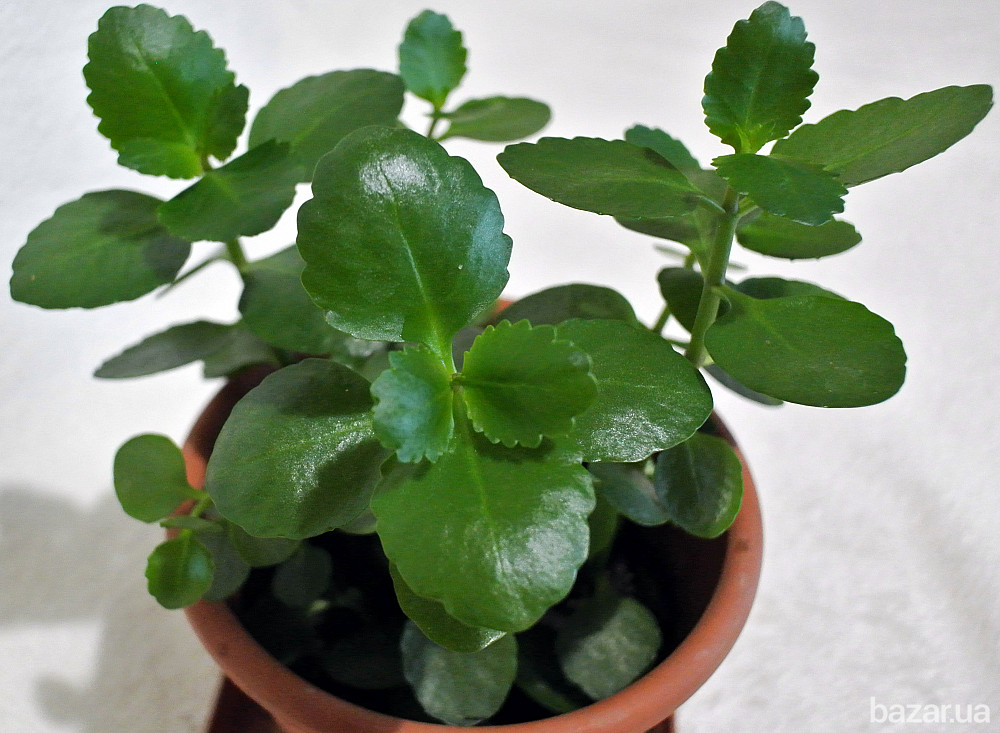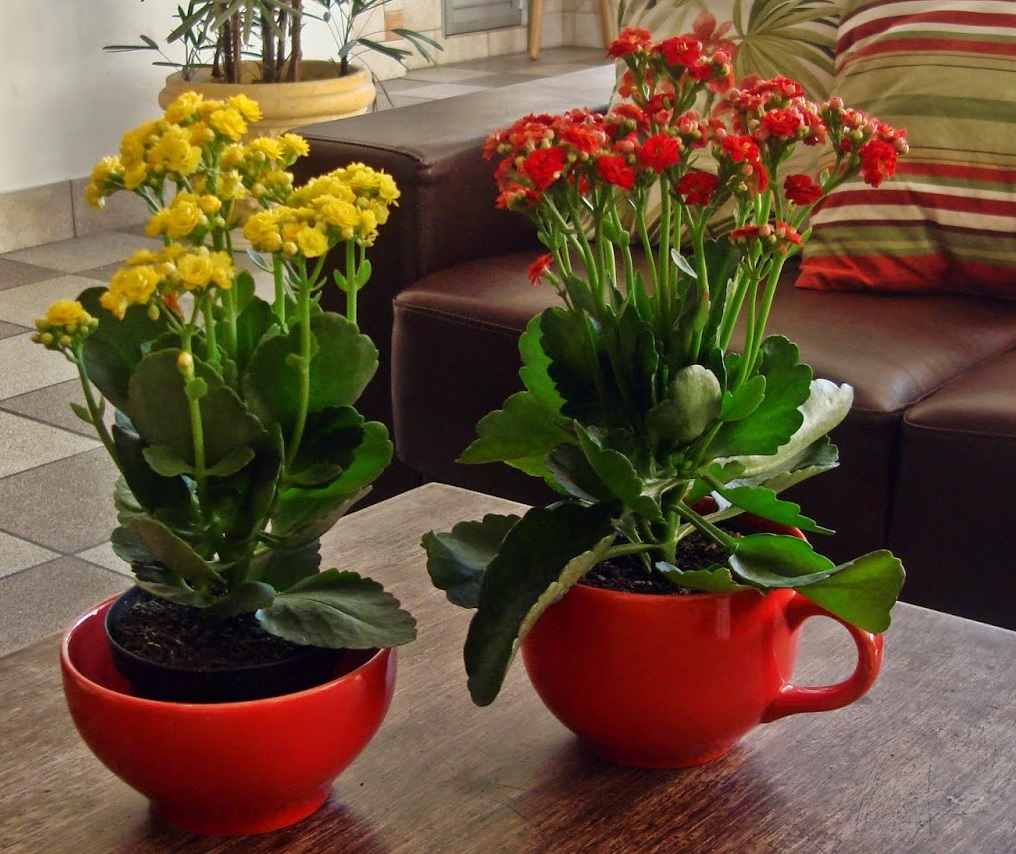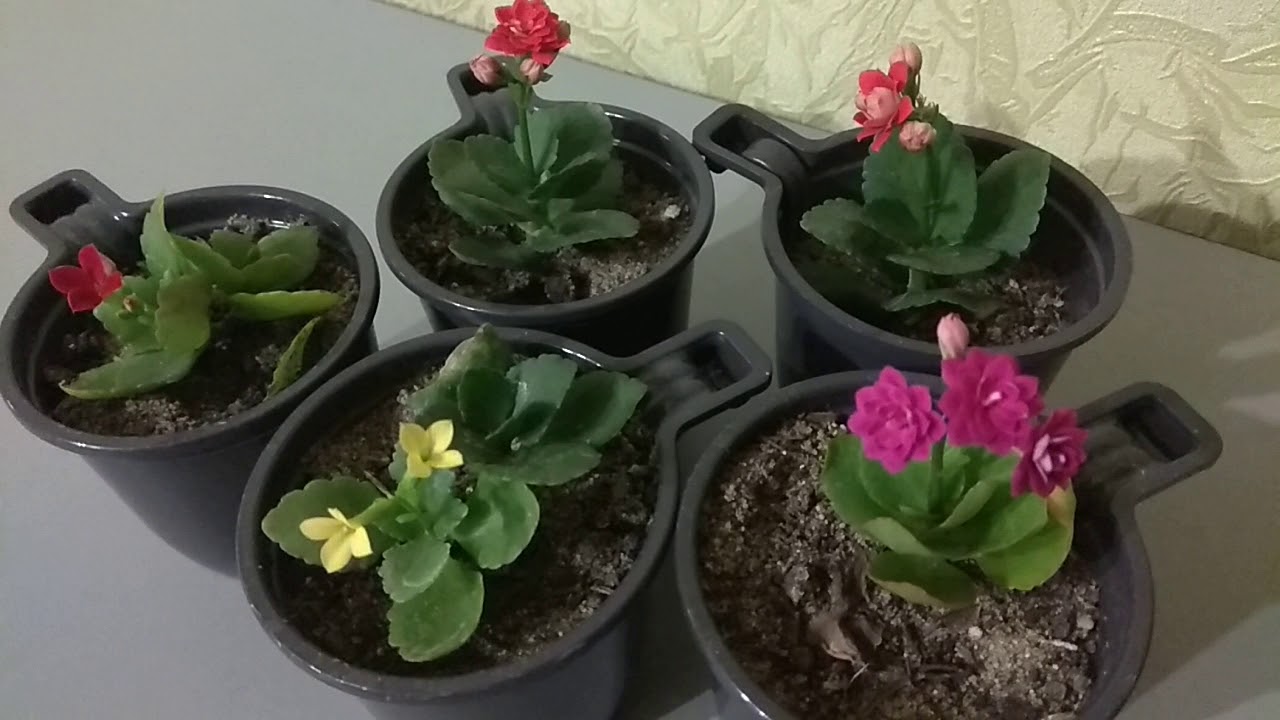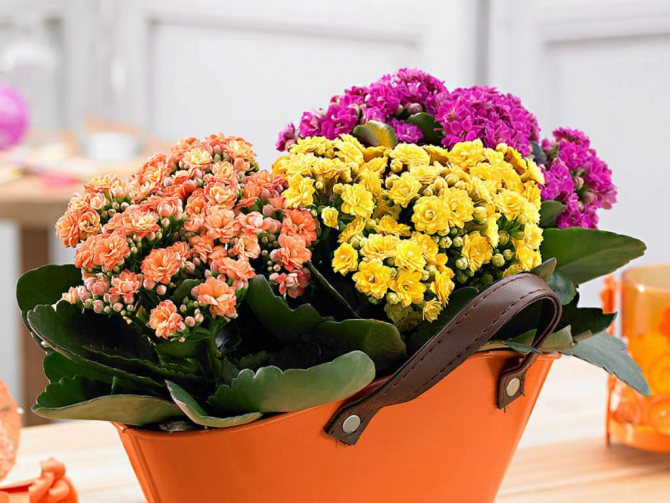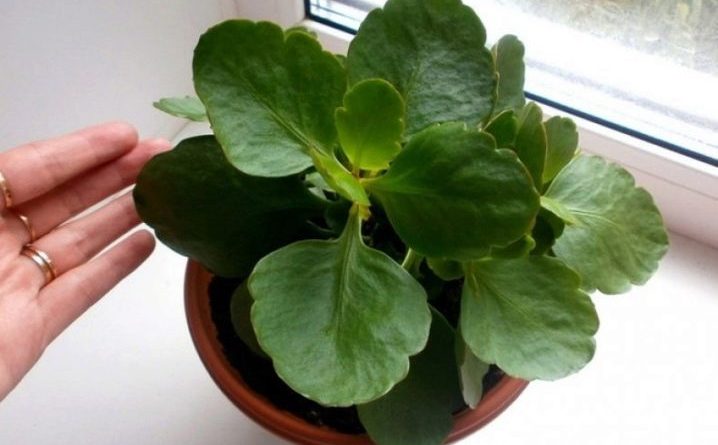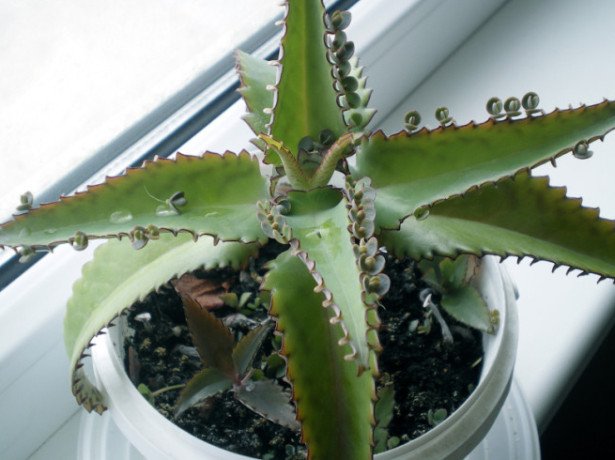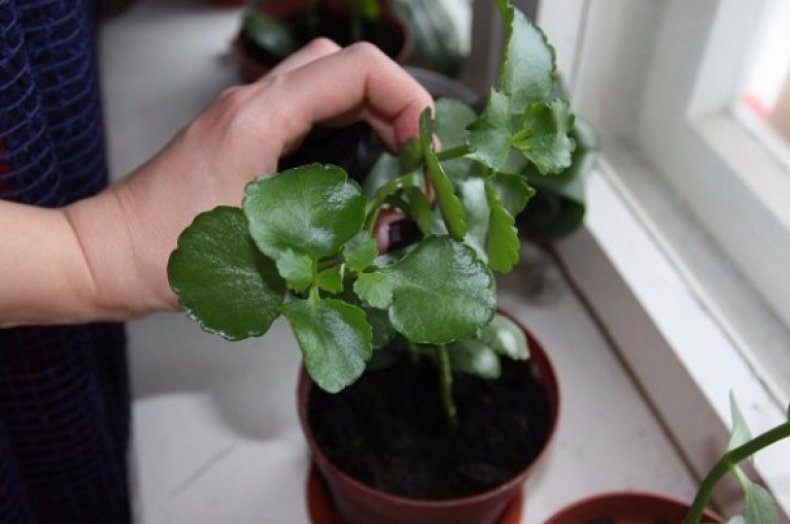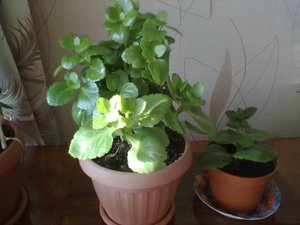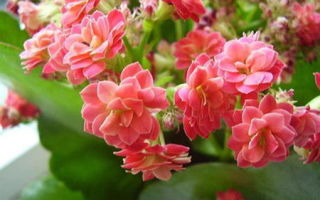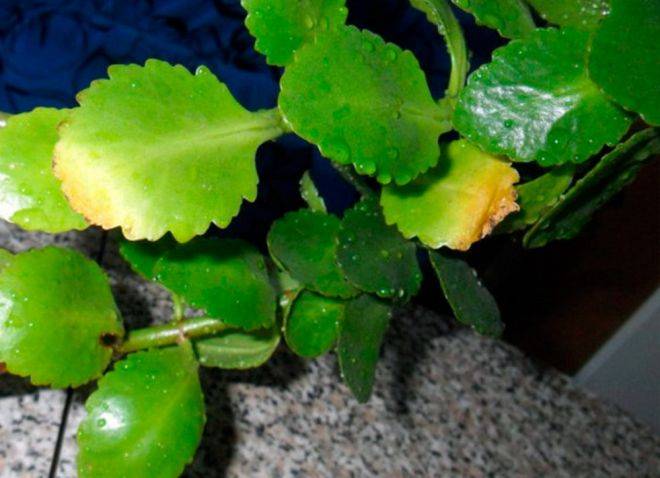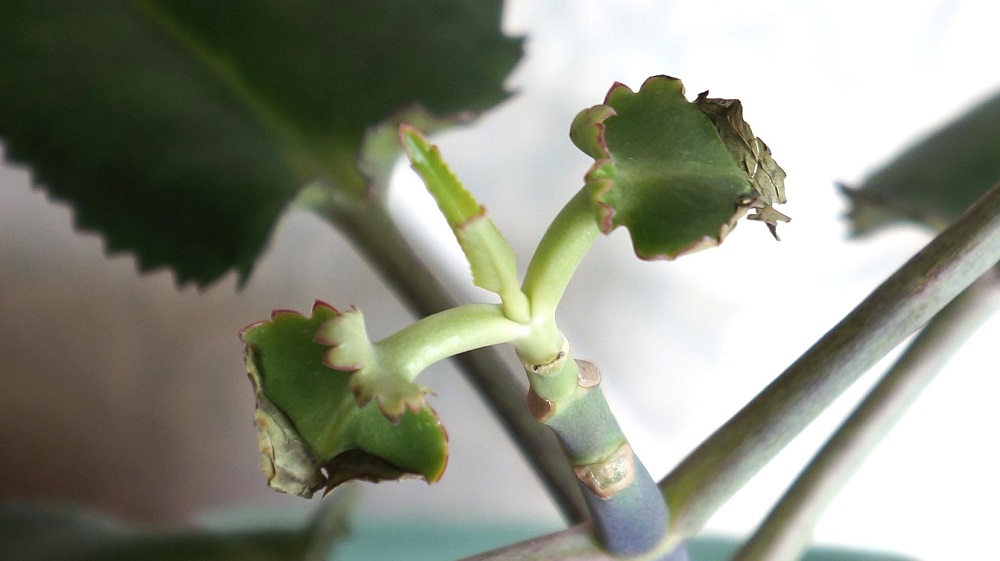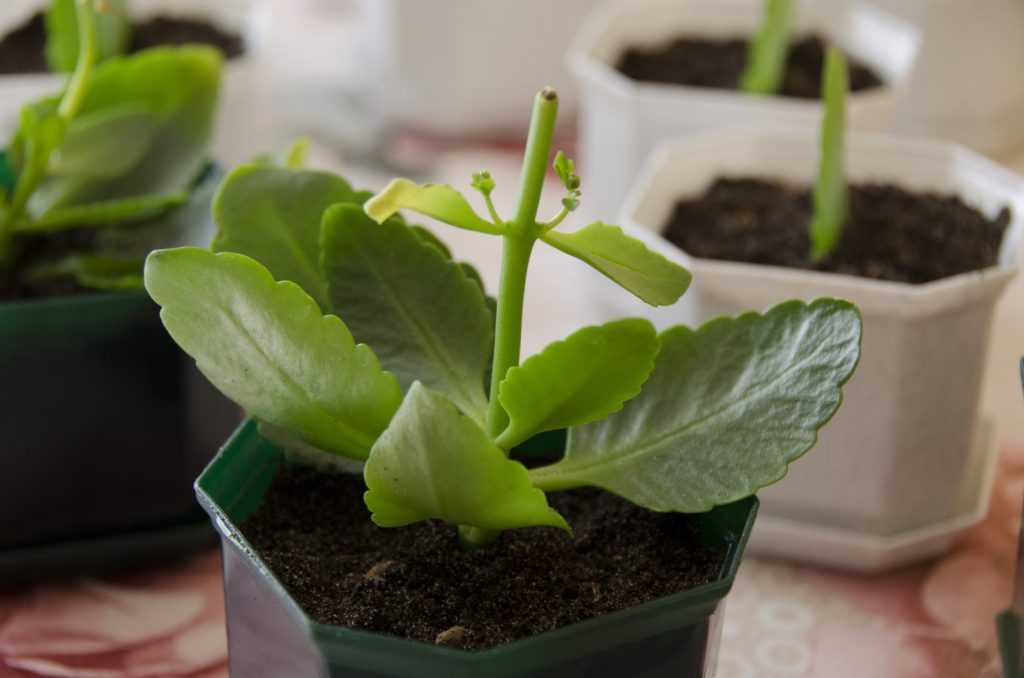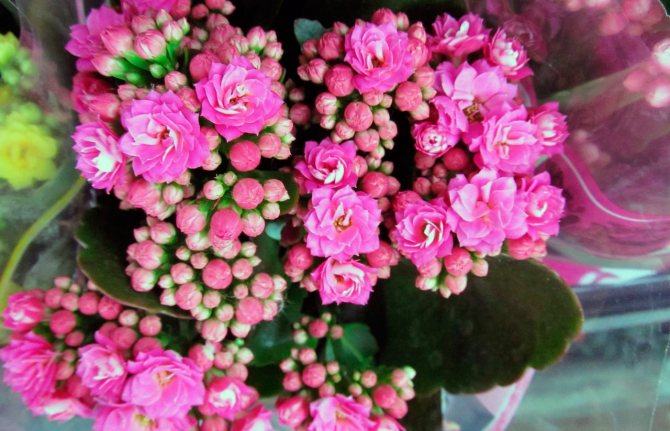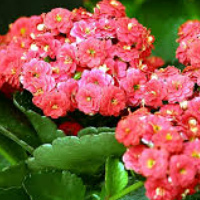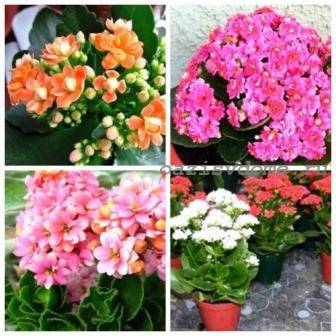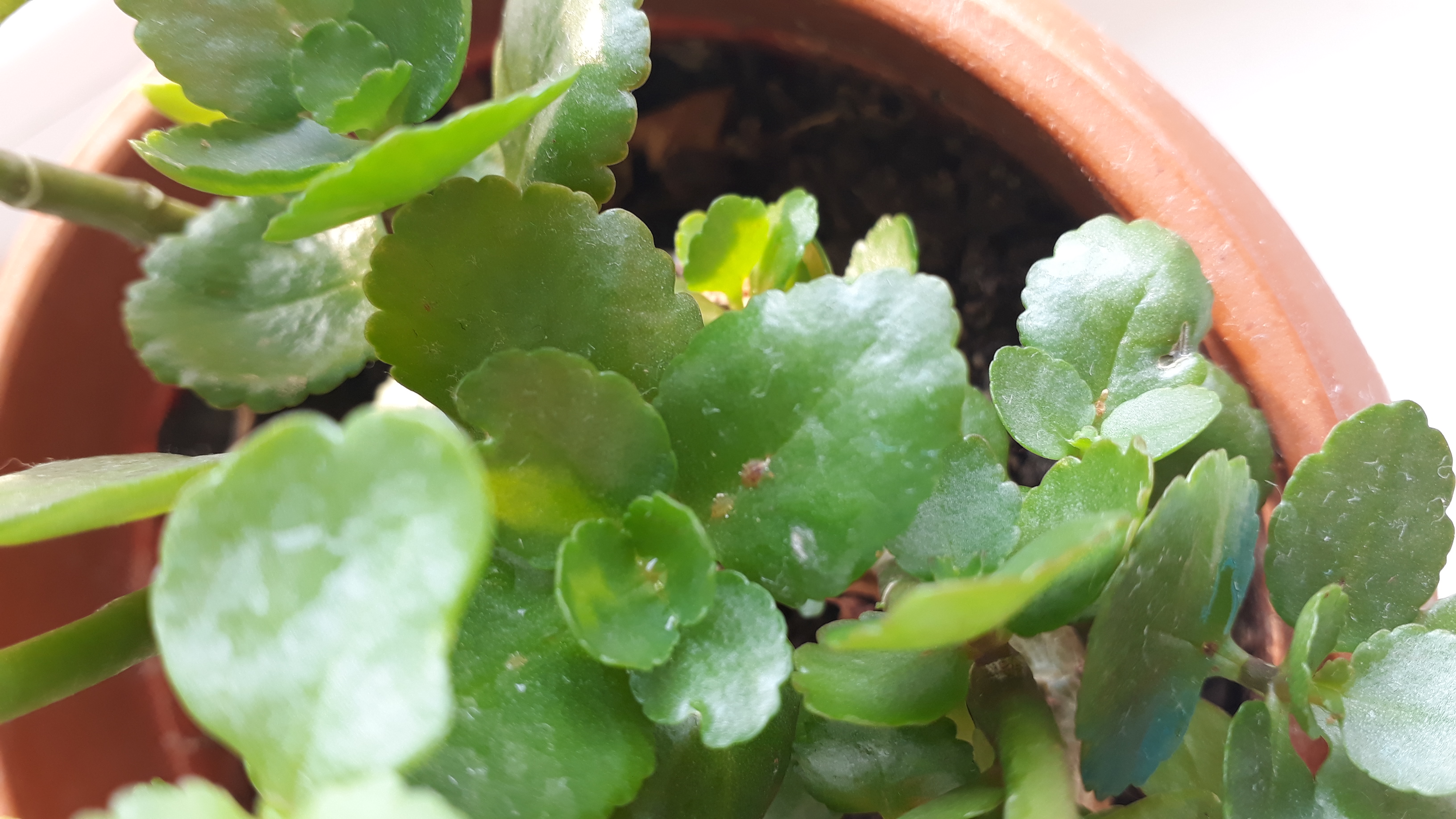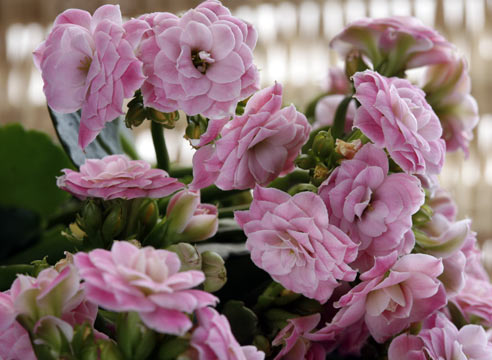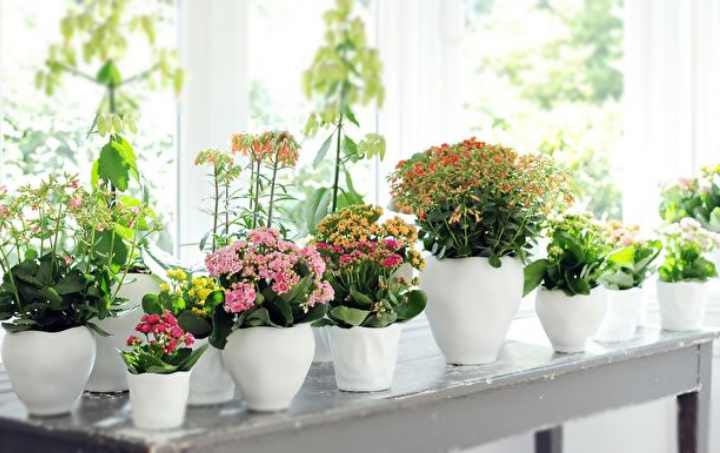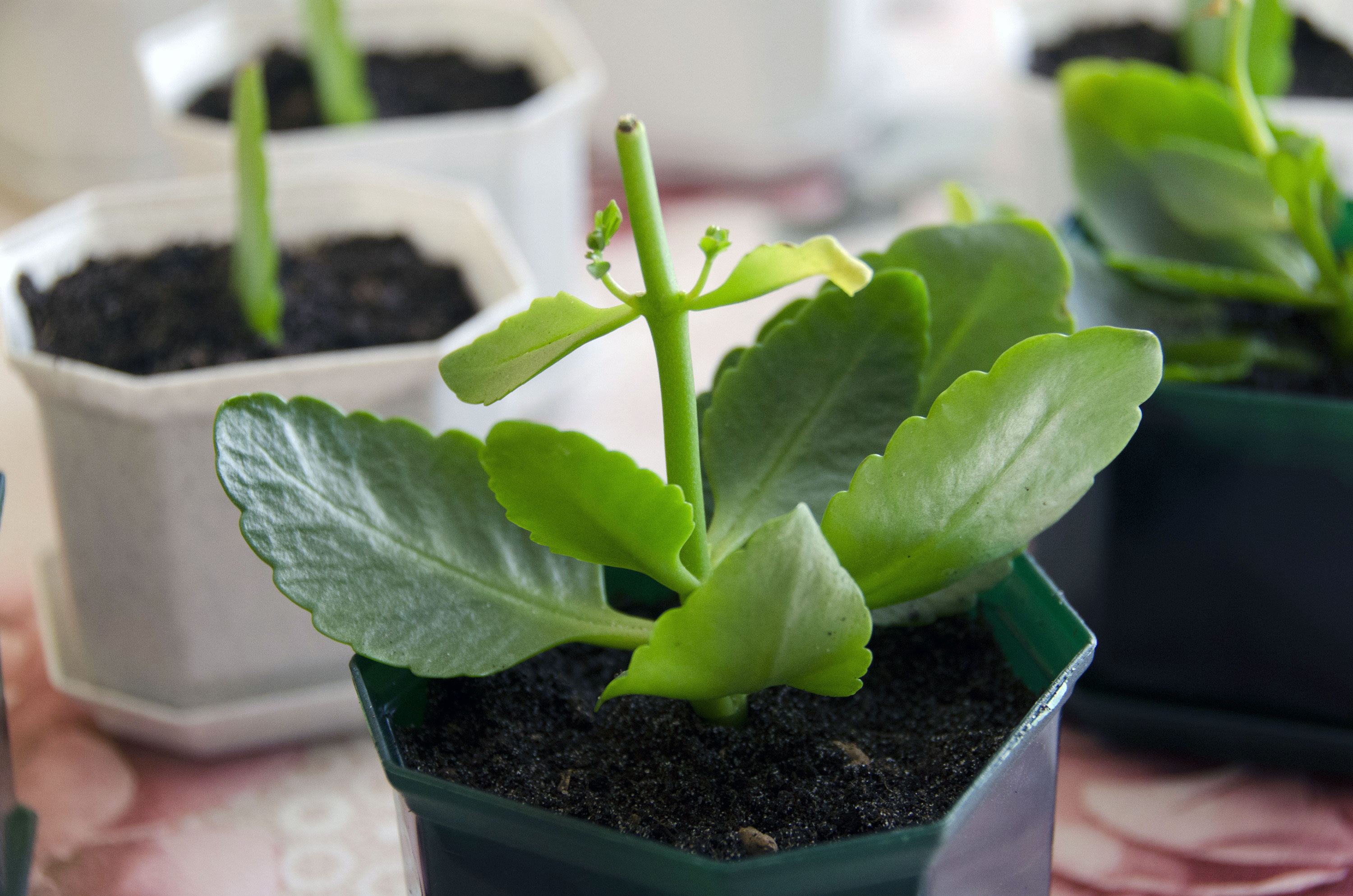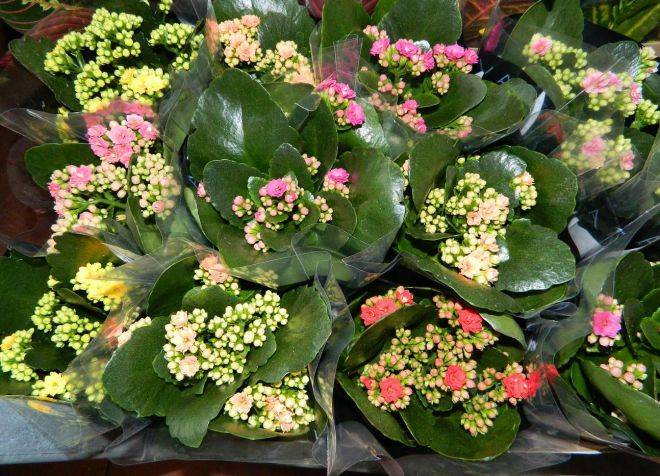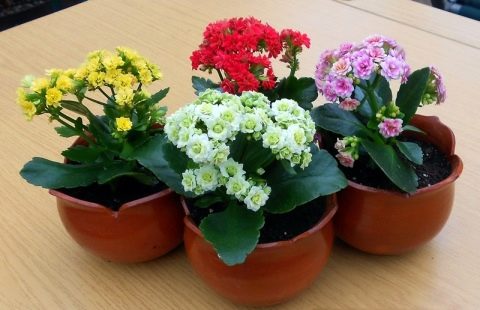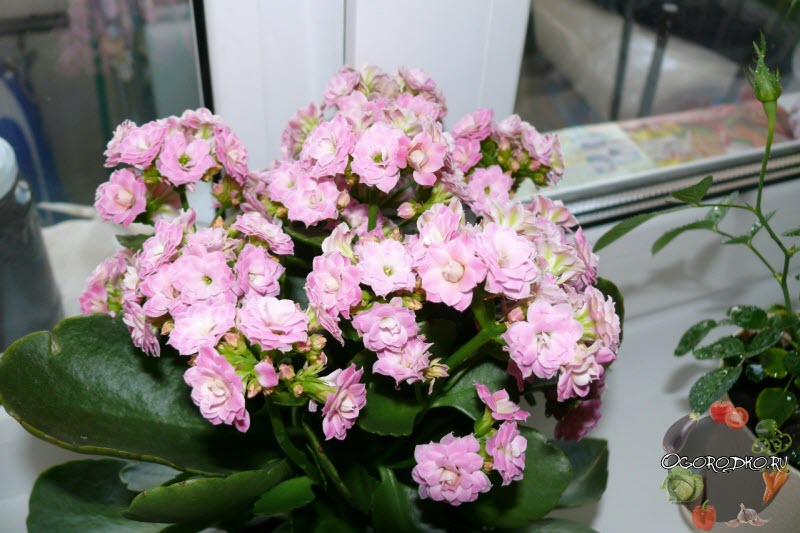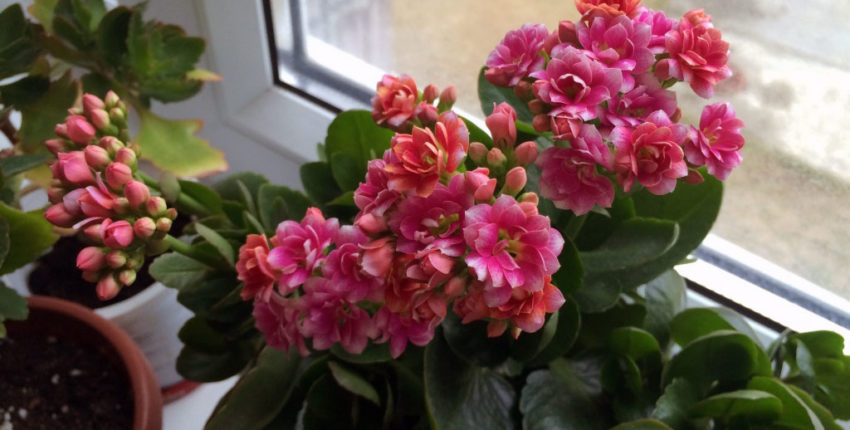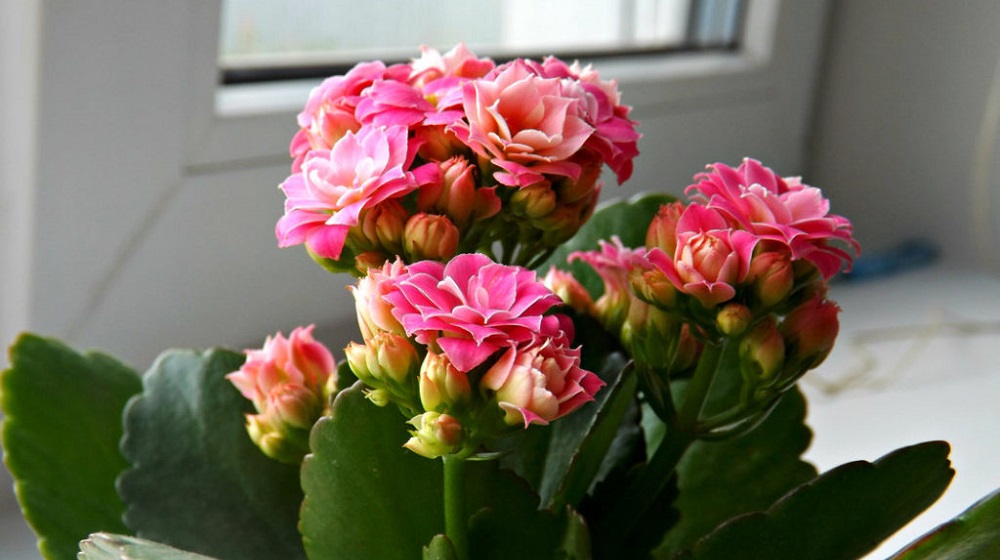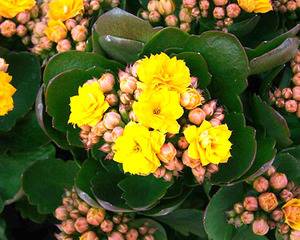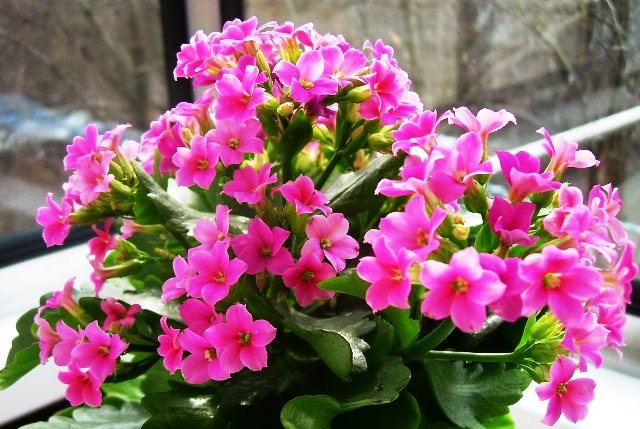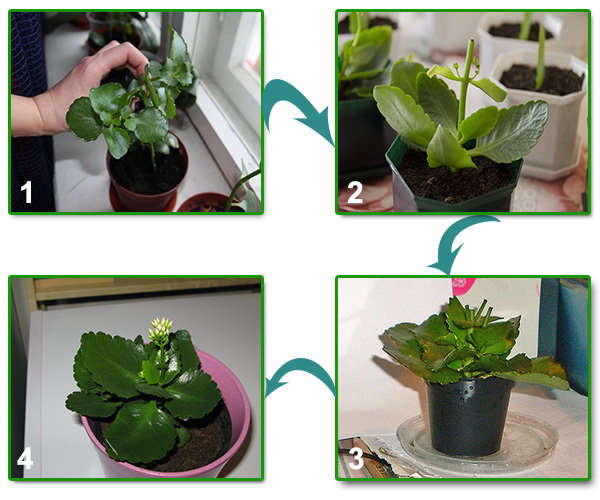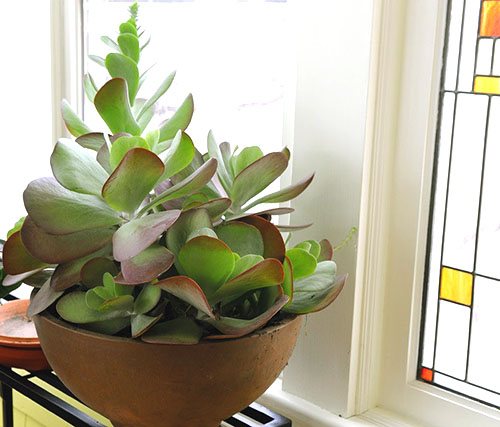What needs to be done to bloom?
There are several ways to make this unusual handsome bloom bloom. The first thing to do is to create appropriate conditions for its content. That is, the temperature in the room should not fall below 10 degrees Celsius, and also not rise above +25 degrees. It is not necessary to place the Kalanchoe near batteries or any heating devices in winter. The plant is not at all afraid of temperature changes, but if the temperature is too high, it will not bloom.
After the Kalanchoe has bloomed for the first time, it is important to remove all old peduncles and wait for the appearance of young shoots. After their appearance, you must immediately pinch off a pair of top leaves on each
It is also necessary to watch that the plant does not stretch upward. If this does happen, then you need to completely cut off the top. When shoots appear at the cut site, you need to give them a little growth. Then, when the third pair of leaves appears, you need to pin the Kalanchoe in this place. This is done with all the shoots, then the bush will be more lush.
The last pinching should be done at the end of the last autumn month. Soon, the first peduncles should appear at the very tops, which at first differ little from young shoots. However, over time, it will be possible to see that this is a peduncle rosette, from which, after a certain period of time, the first buds will appear, a bit like a hedgehog.

If by the beginning of spring the flowers do not appear, then pinching the shoots must be done again. It may also happen that during the wintering the Kalanchoe bush will become very bare. In this case, the plant must be cut and transplanted into a pot with a new substrate. After which it must be thoroughly watered. After such a procedure, the leaves on the bush may wilt, but with the appearance of the first roots, they will again become the same. The new root system will take approximately 2 weeks to develop. Literally immediately, buds will appear, which will turn into lush flowers.
In addition, in order for the plant to bloom, you need to take care of the daylight hours.
Kalanchoe blooms best in offices where people work for 8 hours. But it is also possible to create such conditions at home. The only thing that needs to be done is to darken it after a certain period of time. This can be done using an ordinary dark cellophane bag. It is best to place this plant on the west or east side, so it will receive optimal lighting.
To prevent this from happening, you can feed the plant only once a month. At the same time, the rate should be reduced exactly twice, then the flowering will be lush and abundant.

How to care
In order for the Kalanchoe to remain attractive for a long time, it is necessary to give it proper care, which consists in observing the simplest conditions. This is the observance of the temperature regime inherent in this plant, proper lighting, watering, as well as transplanting and pruning. Some of them are worth considering.
Watering
The water must be soft and warm. If it is not possible to get one, then you can take the usual one from the tap and put it to stand for a day. After that, carefully drain so that the sediment remains all the bottom and proceed to watering the plant. Do not do this procedure too often. It is necessary to ensure that the top layer is dry and only then water the Kalanchoe. It is best for such a plant to water through a pallet - in this case, there will be no waterlogging.
Transfer
Such a procedure is required only when the flowerpot becomes cramped for the Kalanchoe, that is, its root system has become too large. It is best to take a pot that is made of clay, in such a container the plant will develop better. The soil can be used both for succulent plants and for ordinary indoor plants. However, for better growth, you need to add a little sand to it.
If it is not possible to purchase land in a specialized store, you can make the substrate yourself. To do this, you need to take the following components:
- 2 cups deciduous humus
- 2 cups of turf ground
- 2 cups of sand, coarse is best;
- 1 cup charcoal, slightly crushed
- 1 cup of brick chips
Alternatively, you can add some lime flour. This is necessary to lower the acidity in the soil.
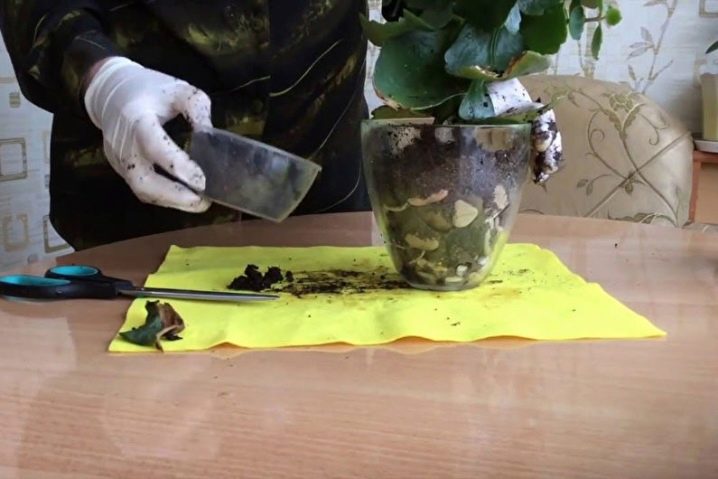
Reproduction
An important role in the care is played by the reproduction of this useful handsome man. After all, every person wants to have as much Kalanchoe at home as possible. The plant can be propagated in different ways: using cuttings, leaves, and also seeds.
If you use cuttings or leaves, then it is enough to separate them from the main bush and plant directly into the substrate.
Then pour abundantly with warm water and cover with a glass jar on top. After a while, the first roots will appear.
You can also plant flowers with seeds. To do this, at the end of winter or early spring, they must be planted in prepared soil. However, you should not sprinkle the seeds with earth, you just need to lightly press them in and cover them with glass on top. Then do airing daily in the morning and evening, and also make sure that the ground is always moist. When the first shoots appear, the glass can be removed, and after a month the seedlings can be transplanted into separate containers.

Useful Tips
1Do not place Kalanchoe planters next to central heating appliances. The plant does not like overheating and drafts, so it should not be kept near open windows either.
2In the summer, the flower can be transplanted from the pot into the open ground. This will strengthen the root system and help the plant get rid of pests and diseases.
3Be sure to trim the top of the plant and the side shoots to prevent overgrowth.
4Remove faded buds regularly.
5An indicator of the health of the Kalanchoe is its leaves
Make sure they are bright enough without blemishes. Too pale or dry foliage is a signal of plant discomfort and the need to improve care.
6Do not rearrange the pot if swelling buds appear
If you disturb the Kalanchoe during this period, the flower will drop its buds.
It is quite simple to make your Kalanchoe bloom. Maintaining flowering for several months is also easy, you just need to not change the comfortable conditions that you have created for the plant. Combined with other succulent varieties, this vibrant flower can transform a windowsill into a true home greenhouse. Thanks to breeders, today there are a huge number of hybrids with a variety of shapes and shades of flower rosettes (photo 16).
Kalanchoe blooming - home care
Kalanchoe - a bright representative of the Tolstyanka family, it can be both decorative (Blossfeld) and medicinal (Degremona). Blooming Kalanchoe unpretentious in care and rare beauty.
Let's consider in more detail: caring for a blooming Kalanchoe at home, transplanting, reproduction, proper watering and feeding for abundant flowering. Kalanchoe care after flowering.
Kalanchoe flower ALL ABOUT CARE
Kalanchoe flower
Decorative flowering Kalanchoe has dense, fleshy leaves, with beautiful caps of inflorescences of various shades.With proper care, up to 8 months pleases with a beautiful flowering. The leaves are wavy at the edges.
Kalanchoe tolerates high humidity and dry conditions. In favorable periods, the leaves of the plant accumulate moisture, which is later used for survival.
Blooming Kalanchoe resistant to various diseases and pests, easily multiplies.
Lighting
For normal growth, any place in the house is suitable, where even a little sunlight falls. The plant grows well in partial shade or when exposed to diffused sunlight.
When exposed to direct sunlight, the color of the leaves at the edges will change, they become reddish.
The ideal place in the house would be east or west window, with not very intense lighting. Blooming Kalanchoe prefers an east or southeast window.
During the flowering of the Kalanchoe in the spring and autumn, additional lighting will be needed.
Not enough light leads to stretching of plants, the upper leaves turn pale and the lower ones die off.
Watering
Kalanchoe accumulates moisture in the leaves, and tolerates drought or, for example, your absence. Plants are afraid of stagnant water.
Watering must be done abundantly in order to wet the entire clod of earth, but the remaining moisture must be drained.
For yourself, decide on the correct frequency of watering, the earthen lump should dry out between waterings.
Most often, watering is carried out in the summer heat, in winter the interval between waterings is 10-14 days.
If you pour the plants, the roots will begin to rot, various rot and fungi will appear.
Humidity
At home, Kalanchoe does not need to be sprayed. It is especially dangerous to spray in winter. If the leaves are covered with dust, the best way to get rid of it is to wipe with a damp cloth or, alternatively, wash in the shower.
Top dressing
About 1 time per month, Kalanchoe needs to be fed using fertilizers for succulents.
For flowering Kalanchoe, use complex fertilizersotherwise the plant will not bloom.
Attention: an excess of fertilizers is dangerous for the Kalanchoe. It is better to dilute half the dose or a third when carrying out feeding according to the instructions of the drug used. Do not feed in winter
Do not feed in winter
It is better to dilute half the dose or a third when carrying out feeding according to the instructions of the drug used. Do not feed in winter.
Transfer
Plants require annual replanting in late March... Mature plants can be transplanted every 3 years or sprinkle with fertile soil, provided that the roots do not look beyond the boundaries of the pot. You can also transplant after flowering.
For transplanting, you need to pick up a pot 2-3 cm larger than the previous one in diameter
Remove the flower carefully when transplanting so as not to damage the plant.
Pests
Of the pests, the scale insect, spider mite and mealybug can attack the Kalanchoe.
Mealybug removed with a wet cloth soaked in alcohol.
In the fight against scabbard and tick insecticide treatment will help. A good remedy is Fitover, does not harm humans and pets.
Kalanchoe care after flowering
After all flowers have bloomed, the Kalanchoe must be cut off. Pruning is done to remove peduncles and excess leaves, and to form bushes. Prune in the morning.
Cut the flower stalks as low as possible so that the plant does not start to rot.
This pruning stimulates the growth of new shoots ready to bloom. After pruning, the Kalanchoe requires rest, so reduce watering and prevent direct sunlight. Thanks to pruning, the bush will be healthy, it will become lush with a lot of beautiful flower stalks.
Observing the tips for caring for the flowering Kalanchoe, the plant will delight you with flowering throughout the summer-autumn period.
Why does Kalanchoe start growing up and stop blooming?
There are several reasons why a plant does not produce flowers. The main ones are:
- Ignorance of the owner of the flower of the technology of growing the plant. After all, in the store, the seller said that this potted crop did not need special care.
- There is a lack of lighting for flowering. As a result, the shoots begin to stretch, they simply do not have enough strength to begin to form inflorescences.
- Very often, when we come to the store, we see flowering bushes. It seems to us that this culture blooms constantly. But this impression is deceiving. To get this look, flower suppliers, before sending them to the store, achieve the appearance of the buds, ordinary forcing.
- A small plant with a small root system is planted in a transportable pot. The soil in it contains special fertilizers that last only two months. Such a Kalanchoe is kept for several days in a short day of light, usually 10 hours. The bushes begin to form flower buds.
- When such a plant turns out to be in good home conditions, where normal lighting and temperature are created for it, it continues to bloom, thanks to the nutrients remaining in the pot.
To see a flowering bush again, you need to help the plant, it must gain strength and begin to bloom in good home conditions.
Kalanchoe faded
What to do after flowering? Kalanchoe care after flowering
:
- if the flower is already "tired"
, you need to cut off old wilted leaves; - flowers with peduncles, put it in a cold place;
- when new shoots appear, it is best to pinch them, at the level of no more than three rows of leaves from the root, otherwise the plant will look "disheveled", and this should be done until about the end of November.
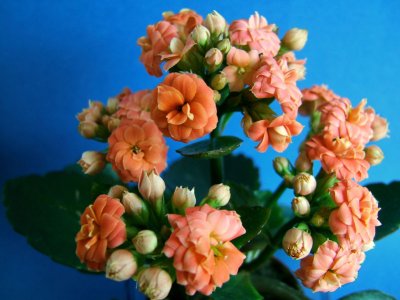
Kalanchoe after flowering
And already on new, very young plants, buds will appear, which will quickly become flowers than old ones.
What to do with faded Kalanchoe flowers - cut off and let the plant back off. Kalanchoe is not the most capricious flower
... With proper care, a novice florist can cope with it, and he will answer you with a delightful long flowering
and will decorate your home.
How to care at different times?
At this time, the Christmas tree blooms, its flowers resemble bells, but the petals have sharp tips. Water the ground constantly until lightly moistened, spray the flower. Feed with fertilizers that are used to feed flowering plants. Do not move the pot or even turn it, otherwise the flowers may fall off.
By February, the Decembrist stops blooming, it is exhausted. Remove all faded buds. Place the zygocactus in a cooler room. Water the Christmas tree once a week.
Do the same as in February.
Feed the zygocactus with nitrogen and phosphorus once a month.
Water it constantly, spray and wash with lukewarm water. By the end of April, you can transplant or propagate the plant.
When the Decembrist is still young, he is transplanted once a year. When the Decembrist grows up enough, then it can be transplanted 1 time in 5 years.
The plant has roots close to the surface of the earth. Therefore, it is advised to purchase a wide, but shallow pot, especially if you want to place a flower in a planter and grow it as an ampelous one. The pot should have drainage holes. Sprinkle the bottom with expanded clay or broken brick.
You can add a specially purchased potting mix for orchids to the pot, but mix this composition with garden soil.
You can also make the soil yourself by mixing one part of sand, one part of perlite, one part of fertile land and two parts of peat land. Add a small amount of wood ash.
you can tear off 2-3 segments from the stem at once.
Let the cuttings sit in the shade for two days. Cuttings are planted in well-moistened peat soil.
You can put the cuttings in plastic cups, but first add expanded clay to the bottom of the cups by 1/3.When you place the cuttings in the peat, cover the plants with glass jars or plastic bags. Remove the bag from time to time to ventilate the cuttings, water the ground. The best air temperature is + 18-20 degrees.
In May, you can also transplant or propagate zygocactus.
At this time, it is better to put the epiphytic cactus on the street or place it on the loggia. But do not forget that direct sunlight is harmful to the plant, shade it. Water the flower as the soil dries. Feed twice a month.
Let the plant stand outside, but protect it from rain. Feed twice a month. Water the plant.
Do the same as in July.
In September, the Decembrist is in a dormant period. Place the zygocactus in a room with an air temperature of 10-14 degrees. Don't feed the Christmas tree. Reduce the amount of water used for irrigation little by little.
Do the same as in September. At this time, they usually begin to heat the apartment, but since the Decembrist needs an air temperature of 10-14 degrees, then:
- you can place it on a glazed balcony if it is warm enough,
- put on the windowsill, but cover the batteries with a blanket or towel,
- You can place plastic ice bottles near the windowsill and change them.
Place the plant in a place with an air temperature of at least 15 degrees. In November, the plant will begin to form new buds, so gradually increase the watering and slightly increase the lighting. When tying tiny buds, the plant can no longer be rearranged.
In December, Schlumberger may already bloom.
Why Kalanchoe does not bloom: plant care rules
Homemade Kalanchoe blooms only with proper care. Due to non-observance of the basic rules for keeping the plant, the succulent, instead of giving flowers, stretches up and grows magnificently. In order to correct the situation as soon as possible and achieve healthy flowering, it is necessary to observe the temperature regime, water the plant on time, cut, transplant, feed and fight pests.
At home, the flowering of Kalanchoe Blossfeld, Kalandiva, mix and other common varieties sometimes stops, and the succulent gives only foliage. There may be several reasons for this phenomenon:
- Not enough light. Being on the northern windows and in the darkened parts of the premises, the Kalanchoe grows poorly and, moreover, will not bloom.
- Excessive lighting. Too long daylight hours and bright lighting prevent kidney formation.
- Improper care. The plant is considered unpretentious, but needs a certain watering regime, regular pruning, feeding and constant air temperature.
There are several major mistakes in tropical flower care.
Kalanchoe belongs to succulents, therefore, at the same time it needs good lighting and can suffer from its excess. For good growth and flowering, daylight hours for it should last no more than 10 hours. Therefore, the pots with the plant are placed in the southern part of the house on the windowsills. There Kalanchoe in the morning receives the necessary portion of the sun's rays, and after lunch the windows shade it. To do this, you can simply draw the curtains or move the pot to a darker part of the room. Excess light leads to the fact that the flower begins to gain green mass and grow upward.
Do not allow prolonged exposure to sunlight on the leaves of the Kalanchoe. This will cause burns and further death of the plant.
In northern latitudes, where the length of daylight hours is insufficient, it is possible, on the contrary, to artificially increase it with the help of fluorescent or special lamps for plants.
Tropical flowers are suitable for neutral soils or with a weak acidic reaction. It is easier to get it in the store, but some growers prefer to mix the soil on their own.To do this, connect 2 parts of sod land, 1 part of leafy soil and half of the peat and sand.
Before planting a seedling in the prepared soil, the soil must be treated with boiling water - this will kill all pests, parasites and prevent the plant from getting infected. The transplanting process should be regular, since the root system develops very quickly, in contrast to the ground part. But the procedure is performed only after flowering is complete.
Kalanchoe, like other succulents, must be watered correctly. The flower does not need to receive frequent liquid, but the soil in the pot should be moist all the time. Too much watering leads to root rot, and a lack of moisture will dry out the plant. Therefore, it is necessary to water the succulents as the top layer of the soil dries. In the summer months, this is done 2-3 times a week, and during the period of winter dormancy, 1 time is enough.
Temperature violations also negatively affect the growth and flowering of the succulent. Experienced flower growers note that this is the most difficult moment in Kalanchoe care.
In summer, the temperature is kept at +20. +23 degrees. If it rises at least 2 divisions higher, flowering will not occur. In the winter months, the temperature is reduced to +17 degrees. When the buds appear and swell, the plant is again moved to a warm room.
For Kalanchoe, feeding is carried out in the same way as for other tropical plants. For this, special fertilizers are used for succulents. Too much fertilizer will lead to increased formation of green mass, and buds will not be set.
In winter, it is better not to feed the Kalanchoe at all, so that it does not stretch out, but to create optimal conditions for it to rest. In this case, cut off all the flower stalks, move the flower pot to a cool room and reduce the number of watering to once a week.
If all the conditions for keeping the succulent are met, and the plant still does not give flowers, it is recommended to conduct the so-called shock therapy.
You can step by step make the Kalanchoe bloom as follows:
- 1. The plant is wrapped in a dense covering material.
- 2. Place it in a dark and cool room for three weeks. Watering is stopped during this time.
- 3. Return the flower to its original place and apply special fertilizers.
Soon, the plant will begin to form buds and bloom. In the future, it is necessary to properly care for it, remove faded peduncles and too long shoots in time, forming a beautiful lush bush.
Causes
It often happens that the Kalanchoe does not bloom at home. The plant stretches and only produces foliage. This can happen for various reasons.
- When there is a lack of light in the house, the leaves stretch upward to see it. In this case, only leaves grow on such a plant.
- If the Kalanchoe receives too much water, its roots can fester quickly enough.
- Another reason is the transplant, which was not done on time.
- If the potting medium is too saturated with fertilizers, this can also lead to the plant not blooming. Indeed, in nature, Kalanchoe grows in rather scarce soils.
- When daylight hours lasts too long, this is also harmful. Flower buds only appear when the day is shortening.
- If the room is quite warm, because flowering begins during cold weather.
- When not pruning. In this case, the plant will not have the strength to form new flowers.
- If Kalanchoe turns out to be a hybrid variety, then there will be no permanent flowering either.
- When a plant is damaged by various diseases or pests.
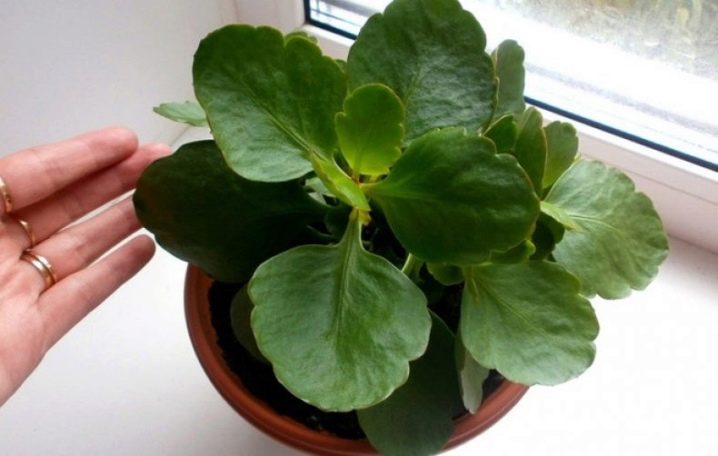
How to achieve flowering
A flowering plant directs all its energies to the formation of inflorescences, redistributes nutrients in such a way as to ensure proper budding and violent flowering.How to transplant Kalanchoe without causing harm at home should be thought about only after the plant has faded.
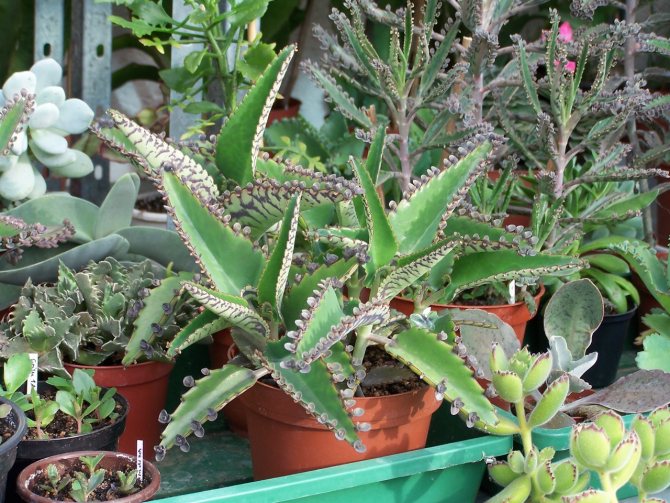

By settling in another pot and a fresh substrate, the Kalanchoe must adapt the root system to new conditions. Having received more free space, the roots begin to actively grow, wasting a significant part of the nutrients, depriving the peduncles of a large portion of nutrition.
Thus, caring for Kalanchoe is simple, but why do many growers complain about the lack of flowering? How to care for Kalanchoe in this case:
the plant needs to be cut frequently and the shoots should be pinched. It is after such procedures that flower buds are laid, in addition, the bush will be lush and more compact.
If the flower has begun to stretch in length, you should also pay attention to the lighting, it may not be enough. Most of the trimming will be enough to add fluffiness;
another secret of forcing flowers is strictly limited daylight hours
Enough 7-8 hours of bright lighting, then the pot is covered with a box, bucket or other suitable object for 10 hours. After a couple of weeks of manipulations, flower stalks can be seen. It is best at this time to slightly increase the frequency of watering;
a common mistake of many flower growers is to arrange a drought on a flower. In nature, many plants easily tolerate the lack of moisture, but even succulents can die in an apartment. The soil should dry completely between waterings, but its complete drying will lead to the death of the root system. Further, with abundant watering, the Kalanchoe will simply rot, it is no longer necessary to talk about flowering.
Important! Do not forget to transplant your green friend into fresh soil in time. The fact is that the soil is quickly depleted even with regular fertilization.
Therefore, once every six months, it is better to transplant the flower into a slightly larger pot.
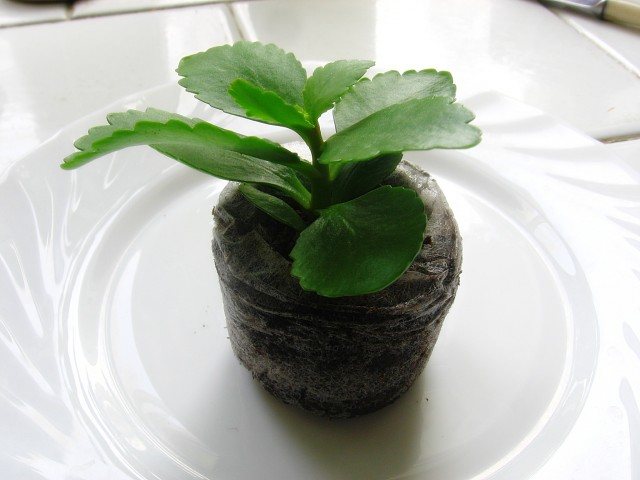
Kalanchoe blooms once a year, depending on the correct lighting. When flowering ends, partial cutting of the stems is carried out. Cuttings are left for reproduction. At the beginning of autumn, the flower goes into a dormant state. During this period, the following rules are observed:
- The bushes are kept at a temperature of 15 ... 18 ° C.
- Daylight hours are limited to 8 hours. The rest of the time the pot is covered.
- The amount of watering decreases.

It takes 30 days to rest. Then they go to the normal containment regime.
To prolong flowering, when caring for Kalanchoe Mini, they adhere to the following rules:
- maintain a sufficient level of illumination throughout the daylight hours;
- feed the plant with potassium and phosphorus before and during flowering;
- remove faded peduncles.
These rules not only prolong flowering, but also help make the Kalanchoe bloom at the right time.

